Fino sherry is one of the wine world’s great quiet achievers and sadly, these days, so often overlooked. Sure, the fetishists amongst us know that a gilda, or some anchovies and a bowl of brined green olives with a glass of fino is one of the world’s most sublime food and wine moments, but the currency of the once ubiquitous wine has diminished, and at pace.
Traditionally produced at the lighter end of the sherry spectrum, the wines are typically fortified and lean heavily into their saline, briny credentials. In Australia, this bone-dry, flor-aged style of fortified wine has lived under the radar for decades and now is mostly only made by a devoted few and adored by even fewer. That being said, if one digs through the cobwebbed corners of fortified history, then the intrepid will find a story that is still being written.
One of the idiosyncrasies of fino sherry in Australia is its name change to ‘apera’ and the slow pace at which winemakers have shrugged off that naming. The renaming came in the early 2000s when the European Union tightened up on geographical indications. ‘Sherry’ and its variants were out, and Australian producers of the style were compelled to rebrand to the odd but original-sounding apera. It’s tricky to rework tradition, and what could have been a death knell became, for some, an opportunity to reshape and reintroduce these complex, underappreciated wines.
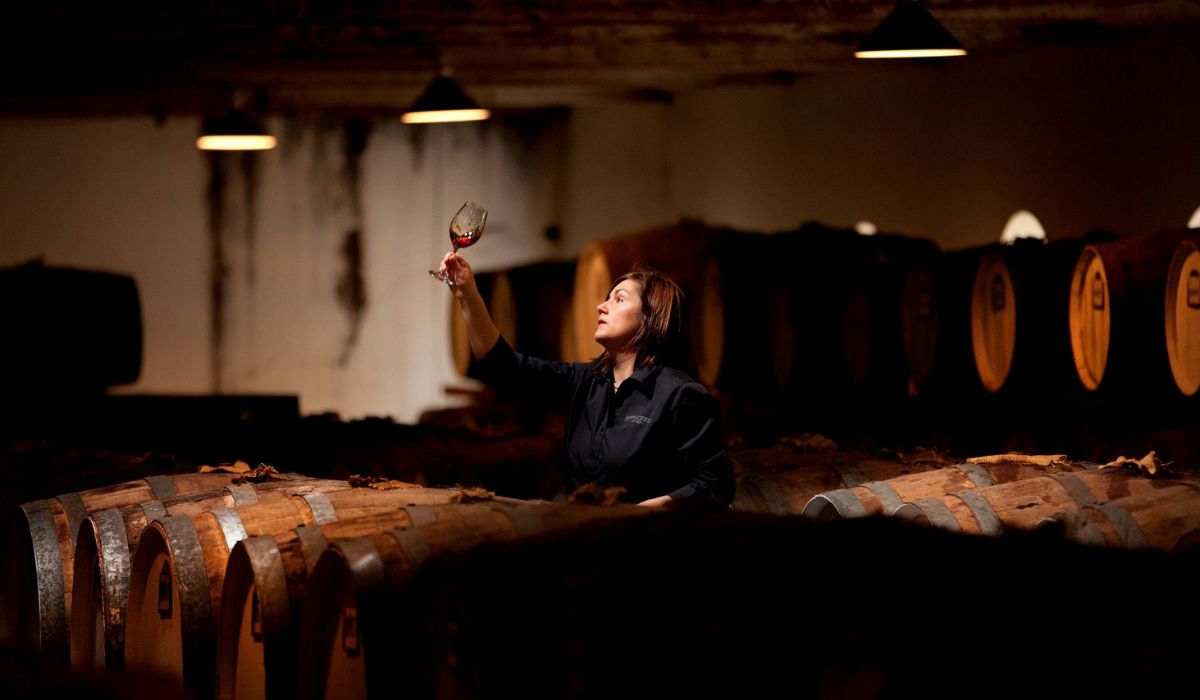 Seppeltsfield winemaker Fiona Donald.
Seppeltsfield winemaker Fiona Donald.
Few have done it better than the fortified stalwart of the Barossa, Seppeltsfield. Its DP233 Dry Apera is textbook: aged in a traditional solera, layered with flor-derived character, offering lifted notes of sea spray, green and roasted almonds, tangy, briny and uplifting to taste with fino/apera’s trademark brittle-crisp texture. It’s elegant and precise, and a flagbearer for the style.
Also a long-term highwater mark, South Australia’s 919 Wines, based in the Riverland, offers another standout with its Pale Dry Apera. Certified organic and made from palomino, it’s a saline, racy wine that threads the needle between structure and drinkability. A serious take, with precision at its core, it emerges from very dedicated grapegrowing and a winemaking ethos that focuses on many and small decisions to bring this wine to life. Perhaps one could say it’s a benchmark for those looking to understand how Australian terroir can inform and elevate the fino (apera) style.
While some producers in Rutherglen seem to have parked the style for now, there are those like Pfeiffer Wines who are keeping the fino flame alive with verve and purpose. They’ve cannily rebranded and energised their approach to the style, with a ‘Seriously Fine Apera’ and a ‘Seriously Nutty Apera’ naming and labelling. The twin expressions see the former, lean and saline, the latter veering into rancio and richness of a deeper and more oxidative style; they have a playful accessibility yet remain resolutely complex. A new energy in the category, is the result.
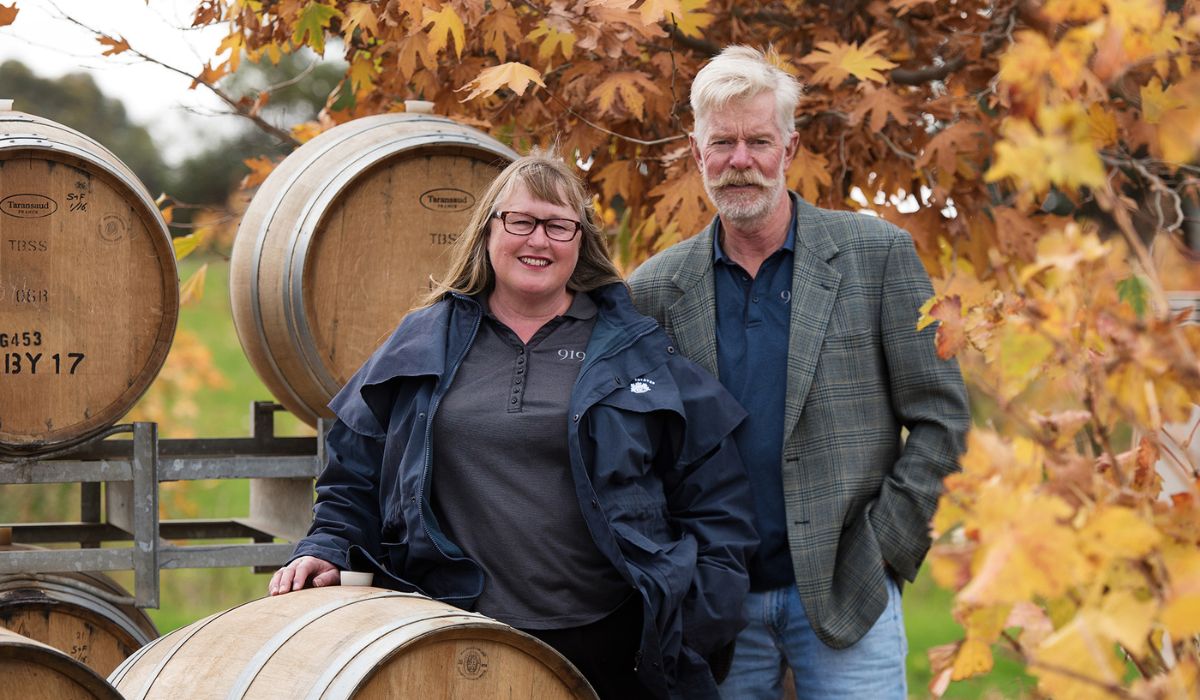 Jenny and Eric Semmler from 919 Wines.
Jenny and Eric Semmler from 919 Wines.
Chambers Rosewood, also in Rutherglen, leans into the raw edge of traditional winemaking. Its
Dry Flor Apera is all texture, tension and cellar-born complexity. There’s distinction of oak maturation, a savouriness that is written into the DNA of the wine. It eschews modern interpretations and holds a very classic line. It’s floral, but with loads of sea spray and briny minerality, woody spice, red apple crunch and a clean, bright, cellophane-textured finish. Moreish stuff.
Not far away, and also in Rutherglen, Jones Winery & Vineyard delivers two quietly confident versions of the style in its Apero and Rich Rare Apera wines. This producer, and these wines, are often hidden under the radar but are worthy expressions. Apero is a golden, toasty and spicy version of more traditional apera, while the Rich Rare Apera is more akin to complex, amber-bronze, rancio-laced styles reminiscent of rare muscats. Both are worth seeking out.
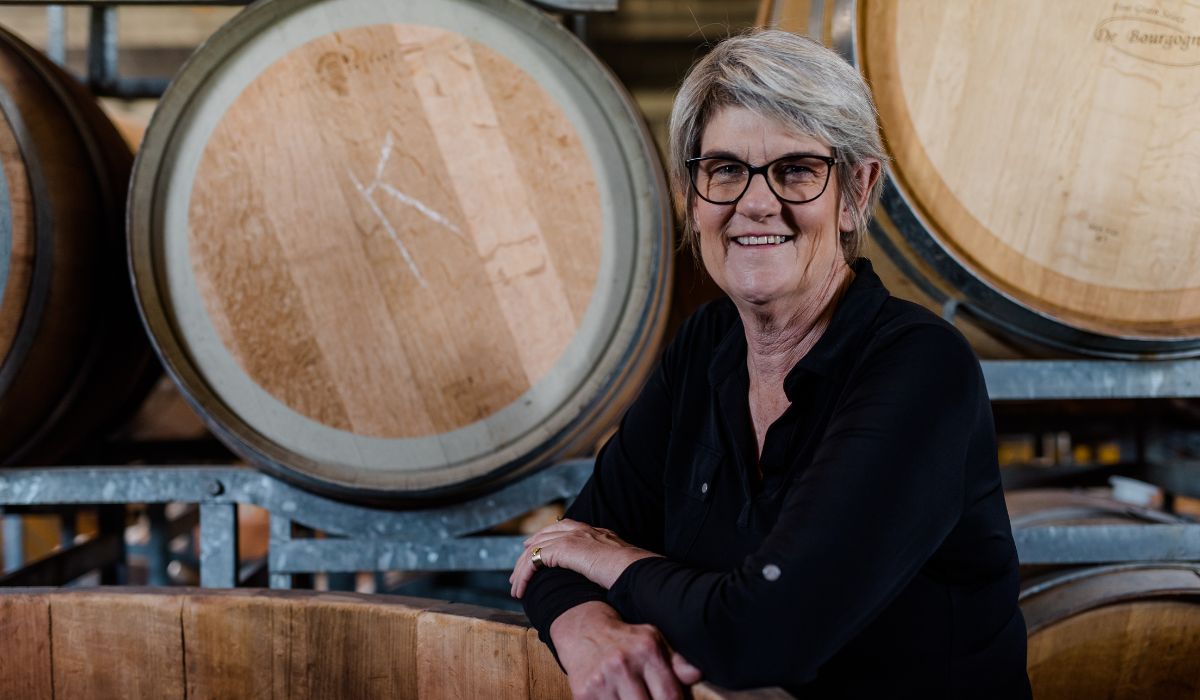 Mandy Jones, Jones Winery & Vineyard.
Mandy Jones, Jones Winery & Vineyard.
Australian apera sees wines being made with quiet conviction, built on tradition, time and a love of the tightly wound, salty, textural and refreshing styles inherent. The mantra ‘old school, good school applies’, but so too does the idea that the local interpretations of fino sherry are a worthwhile adventure, and applicable across a lot of social, dining and drinking occasions in Australia. The cult of cool rises from the obscure, and apera, done well by local producers, should be firmly in the cross hairs for diversity of drinking.
Australian apera to try
919 Wines Pale Dry Apera



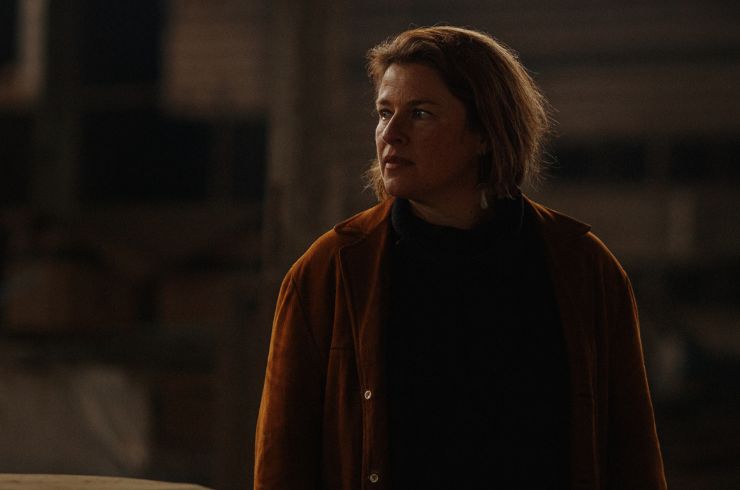
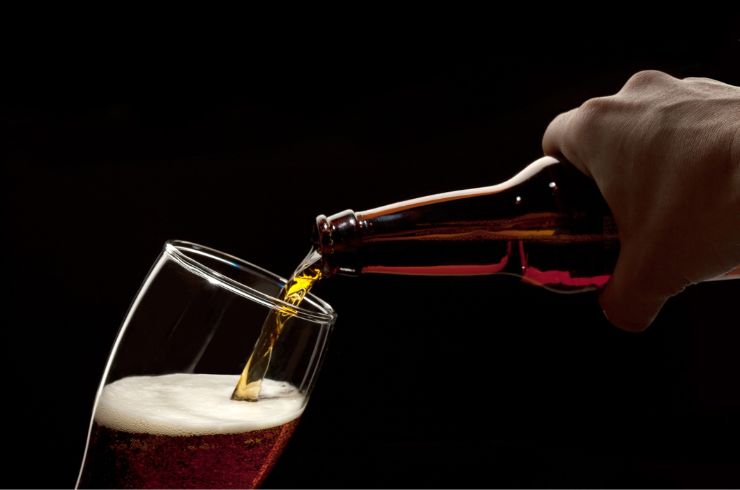
/oxidative-wine-tile.ashx)